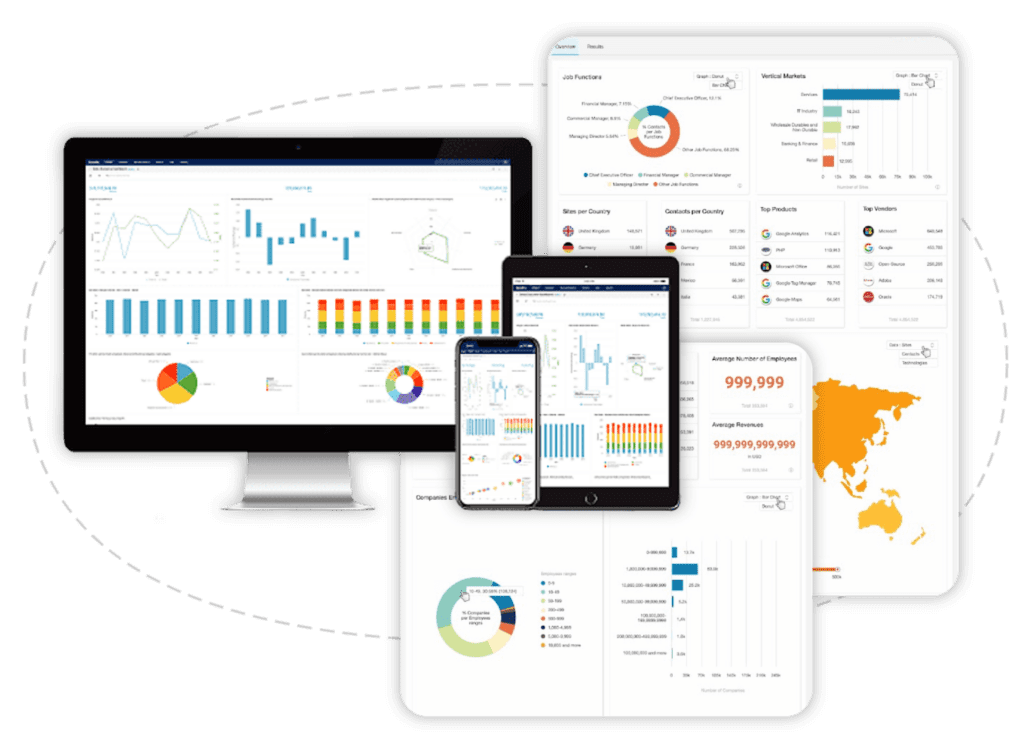Essential Workplace Skills for South African Jobs
In the ever-evolving landscape of the modern workplace, continuous skills development is crucial for success. To thrive in today’s competitive job market in South Africa, individuals need to possess a diverse set of workplace skills that encompass both professional and soft skills. These job skills are essential for securing employment, advancing in one’s career, and thriving in a dynamic work environment.
Professional skills, also known as hard skills, refer to the technical expertise and knowledge required for a specific job role. These skills are usually gained through formal education, certifications, or specialized training. In South Africa, there is a growing demand for professionals with specialized workplace skills, such as coding, digital marketing, data analysis, and project management.
While hard skills are important, employers also value soft skills that are crucial for effective communication, collaboration, and problem-solving. These include skills such as leadership, teamwork, adaptability, and time management. Soft skills are applicable across various industries and are highly sought after by employers across South Africa.
Developing a well-rounded skill set that encompasses both professional skills and soft skills is essential for individuals looking to excel in their careers. Organizations recognize the value of employees who possess a diverse range of workplace skills, as they are better equipped to handle challenges, adapt to changes, and drive innovation.
Benefits of a Workplace Skills Plan:
- Identifies and addresses skills gaps
- Enhances individual and organizational performance
- Boosts employee engagement and job satisfaction
- Supports sustained growth and competitiveness
| Benefits of a Workplace Skills Plan (WSP) |
|---|
| Identifies and addresses skills gaps |
| Enhances individual and organizational performance |
| Boosts employee engagement and job satisfaction |
| Supports sustained growth and competitiveness |
The SETA Environment: Navigating Complex Requirements
In the South African skills development landscape, compliance with SETA (Sector Education and Training Authority) requirements is essential. Guest Resource Services has extensive experience in working within the SETA environment and can guide you through the intricate process with ease. services seta qualifications
They understand the intricacies of submitting a Workplace Skills Plan (WSP) and can assist you in completing the necessary documentation accurately and efficiently. Additionally, they have the expertise to help your organization secure funding for your training initiatives, ensuring that you can provide your employees with the skills they need to excel. skills training
With Guest Resource Services as your partner, you can rest assured that your skills development plans will be in line with the latest industry standards and regulations. Their commitment to excellence and dedication to delivering high-quality training solutions sets them apart as a leading facilitator in South Africa.
Partnering with Guest Resource Services gives your business the advantage of their expertise and industry knowledge. They take the time to understand your organization’s unique requirements and develop a customized skills development plan that aligns with your vision and goals.
Don’t let skills gaps hinder your company’s growth and success. Choose Guest Resource Services as your partner in skills development and unlock the full potential of your workforce.
Investing in Continuous Workplace Skills Development
In today’s dynamic business environment, investing in continuous workplace skills development is vital for sustained growth and competitiveness. As organizations evolve and adapt to changing market demands, it is crucial to equip employees with the necessary skills to thrive. A culture of continuous learning and improvement not only enhances individual performance but also positions companies for long-term success.
Guest Resource Services, with over 20 years of experience in skills development facilitation, is your trusted partner in bridging skills gaps and driving workplace excellence. By partnering with Guest Resource Services, businesses can unlock their full potential by investing in customized training solutions tailored to their specific needs. Through a comprehensive needs analysis, they identify the key areas for improvement and design targeted interventions that result in tangible outcomes.
By embracing continuous workplace skills development with Guest Resources Services, organizations can achieve enhanced productivity, improved employee engagement, and a competitive edge in their respective industries. Their expertise in the ever-changing SETA environment ensures that companies meet compliance requirements and secure funding opportunities that support their skills development initiatives.




